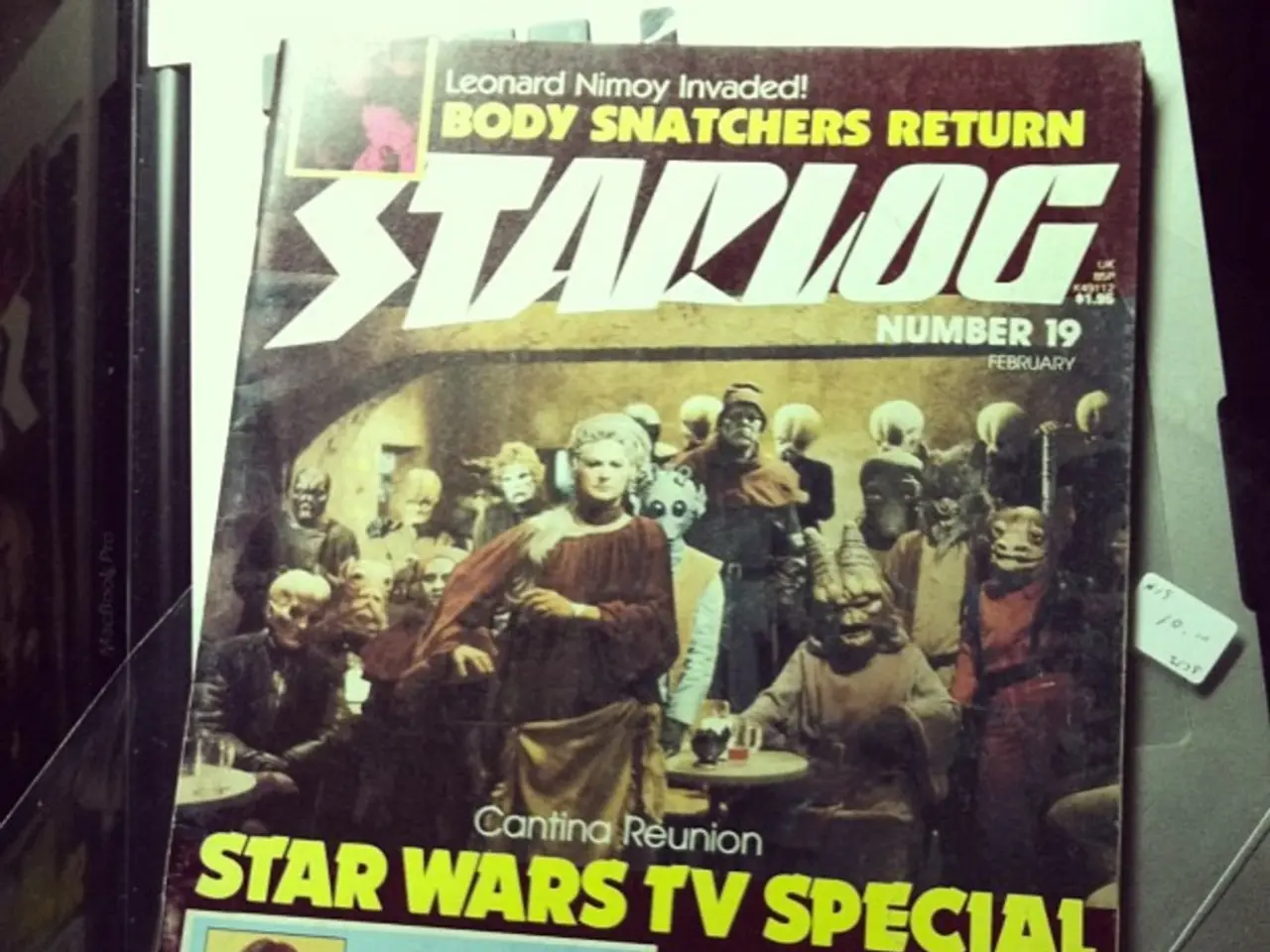Revitalization of Genuine and Innovative Hip Hop: Honoring the Return of Authenticity in Today's Rap Music!
**Revisiting the Roots of Hip Hop: A Journey Through Old School and Beyond**
In the heart of the Bronx, New York City, the foundations of a cultural revolution were laid in the early 1970s. Pioneers like DJ Kool Herc, with his innovative breakbeat technique, set the stage for a genre that would resonate globally - hip hop. This era, often referred to as old school hip hop, provided the blueprint for the lyrical complexity, production innovations, and social consciousness that define contemporary hip hop music.
The movement began as a means of entertainment for parties, with emcees delivering relatively simple raps emphasizing good times. However, it swiftly evolved into a powerful form of cultural expression against social issues, rooted in marginalized Black and Latino urban communities.
As we transition into the Golden Age, between the mid-1980s and early 1990s, hip hop underwent a significant transformation. Rappers like Rakim, Big Daddy Kane, and KRS-One introduced complex wordplay, intricate rhyme schemes, and more personal and socio-political narratives, expanding the genre's storytelling capacity. Female MCs also made their mark during this period, with artists like Queen Latifah and MC Lyte bringing feminist voices into a previously male-dominated space.
Contemporary hip hop still draws heavily on the foundations laid by old school and Golden Age artists. The emphasis on lyrical skill and narrative storytelling remains central, as seen in modern artists who combine personal and social themes with complex delivery. Production techniques have also evolved, with sample-based beats being a direct legacy of the breakbeat style pioneered by old school hip hop DJs.
Hip hop has consistently served as a platform to address social issues, continuing the old school tradition of reflecting marginalized voices and resisting racial and institutional oppression. The dance and visual arts tied to hip hop culture, such as breakdancing and graffiti, also continue to shape the genre’s aesthetic and community presence.
The internet and digital landscape have significantly impacted the hip hop industry, opening up unprecedented avenues for artists to connect with fans worldwide. Platforms like Soundcloud have empowered new voices and shaped the future of the music industry, enabling independent artists to flourish and carve out a space in the mainstream without relying on traditional record labels.
The West Coast, East Coast, and South have each contributed unique styles to the genre. The West Coast introduced G-funk with smooth melodies and heavy basslines, while the South has a distinctive bounce and trap sound. Iconic figures like Dr. Dre, Snoop Dogg, and Tupac Shakur championed West Coast hip hop, and artists like OutKast, Scarface, and Lil Wayne have contributed to the Southern hip hop scene. The East Coast is known for intricate lyrical prowess and boom-bap beats, with legends such as Nas, Biggie Smalls, and Jay-Z emerging from this region.
Artists like Kendrick Lamar, J. Cole, and Rapsody are prominent figures known for their socially aware messages, tackling topics like racial inequity, social disparity, mental well-being, and personal development. Hip hop maestros such as Kanye West and Nicki Minaj use music videos to showcase their unique style and influence fashion trends within the industry.
However, the relationship between artists and labels can sometimes be strained due to conflicting commercial agendas versus artistic freedom. The rise of conscious rap reflects a growing demand for authenticity and positive change in both the music industry and society. Custodians of hip hop history, possessing an encyclopedic knowledge of tracks, samples, and artists, continue to champion emerging talents and groundbreaking tracks in the industry.
Technology will continue to drive innovation, creativity, and an unwavering commitment to pushing boundaries in the future evolution of hip hop. Artists like Missy Elliott and Busta Rhymes have pushed creative boundaries with extravagant music video spectacles, while diverse voices and styles within hip hop are challenging the established hegemony of major labels and reshaping power dynamics within the industry.
In conclusion, the evolution of old school hip hop has profoundly shaped contemporary hip hop music, influencing its style, production, and cultural impact. As we look to the future, it is clear that hip hop will continue to evolve while honouring its roots, pushing boundaries, and shaping the cultural landscape.
[1] Smith, D. (2012). The Hip Hop Wars: What We Talk About When We Talk About Hip Hop—and Why It Matters. Basic Books. [2] Chang, A. (2005). Can’t Stop, Won’t Stop: A History of the Hip-Hop Generation. St. Martin's Press. [3] West, K. (2010). The College Dropout. Roc-A-Fella Records. [4] Hess, M. (2010). The Breakbeat Poets: New American Poetry in the Age of Hip-Hop. Haymarket Books. [5] Jones, J. (2002). Respect: The Life of Aretha Franklin. Little, Brown and Company.
- The breakbeat technique pioneered by DJ Kool Herc in the Bronx marked the dawn of a global movement that would revolutionize music history, giving birth to hip hop.
- As hip hop progressed from its party origins to the Golden Age, artists like Rakim and Queen Latifah expanded the genre's narrative capacity, addressing social issues and introducing female voices into a predominantly male space.
- Today, contemporary hip hop artists continue to draw inspiration from the foundations laid by old school and Golden Age artists, maintaining the emphasis on lyrical skill and social consciousness.
- The internet and technology have reshaped the hip hop industry, with platforms like Soundcloud empowering independent artists and democratizing access to the mainstream.
- Beyond music, hip hop has left an indelible mark on dance, visual arts, and fashion, shaping both the aesthetic and community presence of the genre.
- As technology continues to drive innovation, hip hop continues to push boundaries, challenging established power dynamics and fostering a platform for diverse voices and styles to thrive in the industry.




